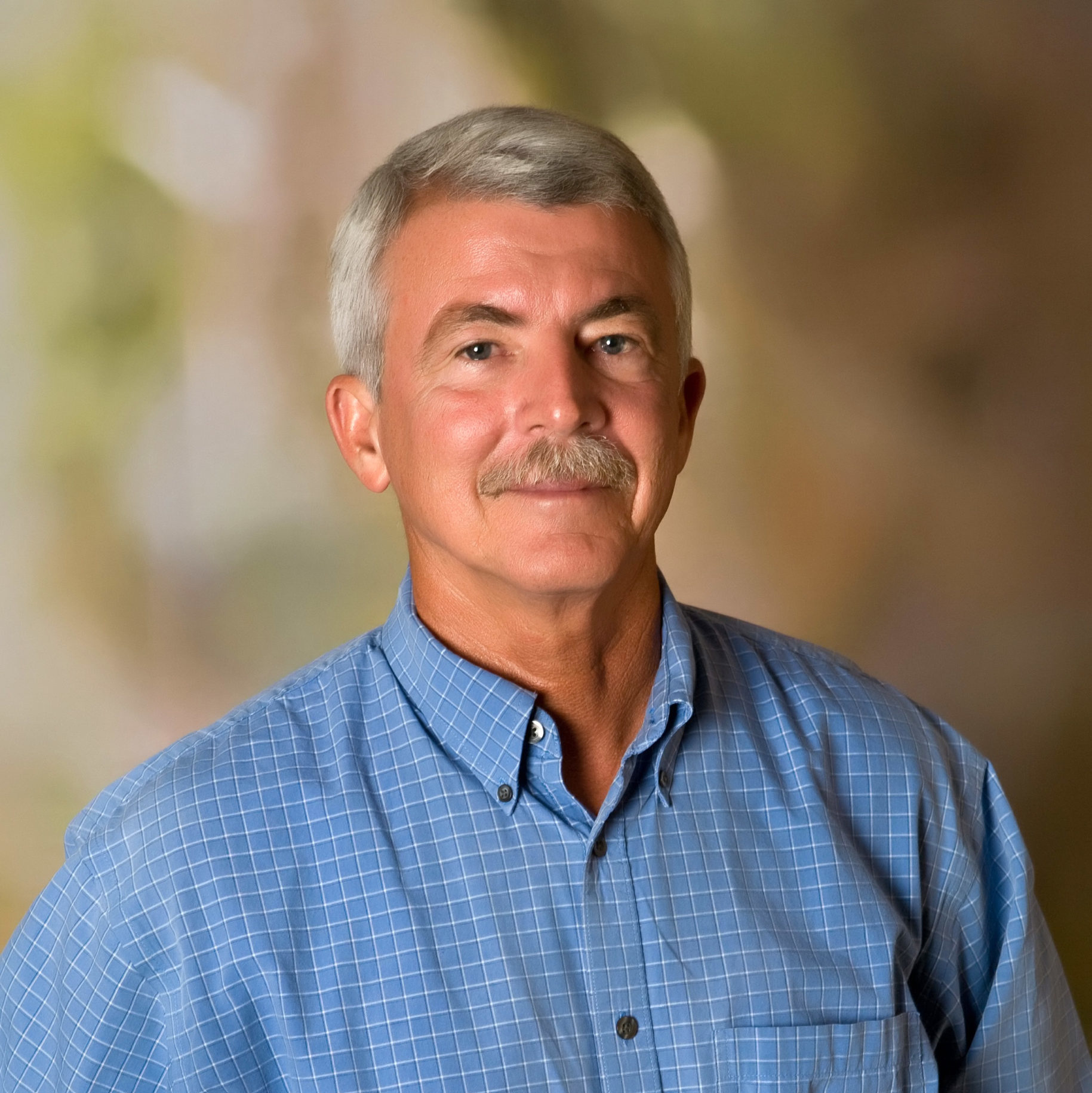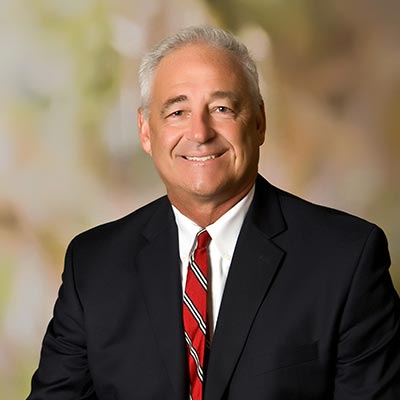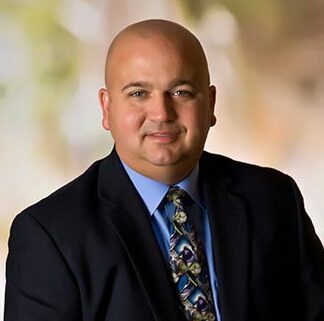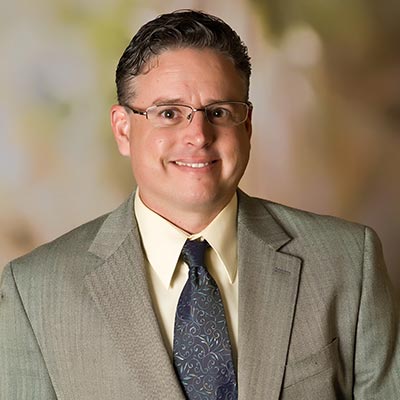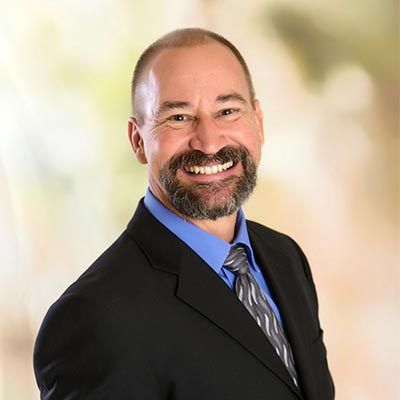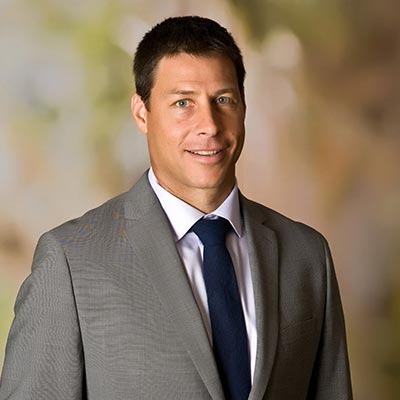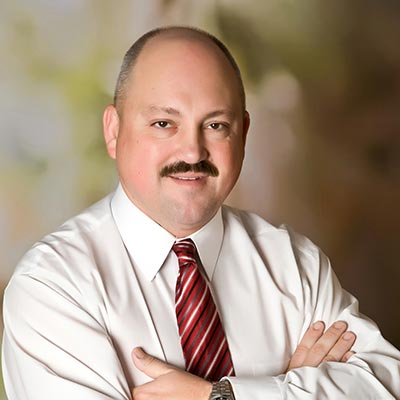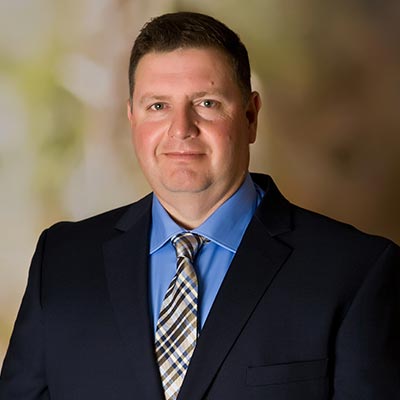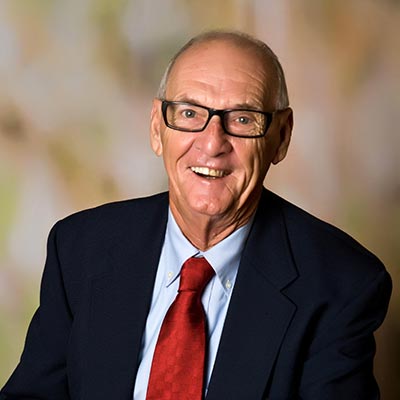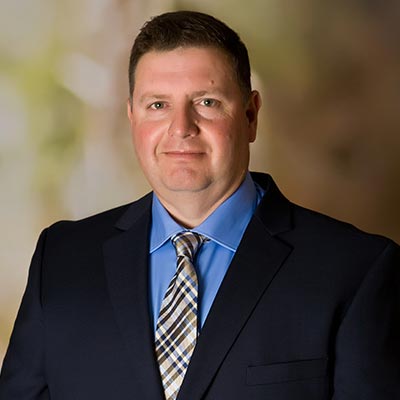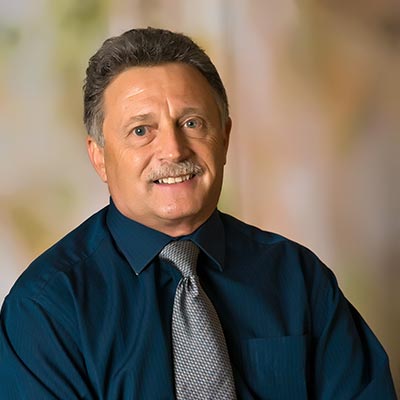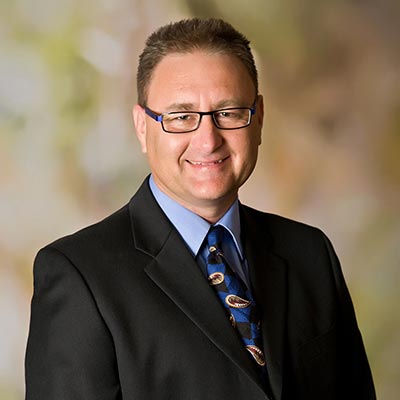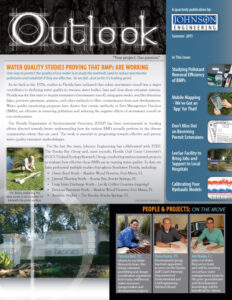 As far back as the 1970s, studies in Florida have indicated that urban stormwater runoff was a major contributor to declining water quality in streams, water bodies, bays and close shore estuarine systems. Florida was the first state to require treatment of stormwater runoff, using grass swales, wet/dry detention lakes, pervious pavement, aeration, and other methods to filter contaminants from new developments. Water quality monitoring programs have shown that certain methods, or Best Management Practices (BMPs), are effective in removing pollutants and reducing the negative effects of stormwater runoff on our environment.
As far back as the 1970s, studies in Florida have indicated that urban stormwater runoff was a major contributor to declining water quality in streams, water bodies, bays and close shore estuarine systems. Florida was the first state to require treatment of stormwater runoff, using grass swales, wet/dry detention lakes, pervious pavement, aeration, and other methods to filter contaminants from new developments. Water quality monitoring programs have shown that certain methods, or Best Management Practices (BMPs), are effective in removing pollutants and reducing the negative effects of stormwater runoff on our environment.
The Florida Department of Environmental Protection (FDEP) has been instrumental in funding efforts directed towards better understanding how the various BMPs actually perform in the diverse communities where they are used. The work is essential in progressing towards effective and proven water quality treatment methodologies.
For the last five years, Johnson Engineering has collaborated with FDEP, The Bonita Bay Group and, most recently, Florida Gulf Coast University’s (FGCU) Inland Ecology Research Group, conducting various research projects to evaluate how effective these BMPs are in treating water quality. To date, we have performed multiple studies throughout Southwest Florida, including:
– Green Roof Study – Shadow Wood Preserve, Fort Myers, FL
– Littoral Planting Study – Bonita Bay, Bonita Springs, FL
– Long Term Discharge Study – Lee & Collier Counties (ongoing)
– Pervious Pavement Study – Shadow Wood Preserve, Fort Myers, FL
– Aeration Studies – The Brooks, Bonita Springs, FL
The findings for the recently completed Aeration Study at The Brooks residential golf course community were recently presented at the CHNEP Charlotte Harbor Watershed Summit and at Florida Gulf Coast University’s 10th Annual Research Day.
Our team studied how aeration affects the water quality in four wet detention ponds of various depths. Wet detention ponds are the preferred method of stormwater treatment in South Florida and the need for fill materials has driven excavations deeper. The low oxygen conditions at these depths can release harmful phosphorus and metals from sediments. Local regulations will often require the use of aeration systems for ponds with depths greater than the standard twelve feet. Using submersible data sondes, portable multi-parameter meters and traditional grab samples, our team collected water quality data to be analyzed.
The results indicated the aeration had a positive effect on water quality through de-stratification and stabilization of the dissolved oxygen levels at greater depths. However, we found significant changes in the seasonal and annual patterns of the nutrient parameters, which were independent of aeration treatment. These nutrient concentration parameters appear to be driven partly by management activities both in the lakes and adjacent watersheds.
Scientists do not fully understand the complex physical, chemical, and biological systems of wet detention ponds and further study is warranted to better understand their behaviors. Our team has recently begun analysis on how groundwater interacts with surface water systems, which should get us one step closer to connecting the dots.
One of the most encouraging findings from the collaborative efforts has been that large state agencies can work effectively with private developers, consultants and the academic community for the long term benefit of Florida and its residents.
For more information on the above mentioned collaborative studies, please visit:
www.johnsongis.com/htm/WQ_ResearchProjects.htm.









